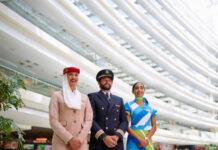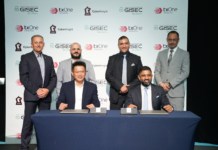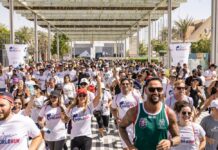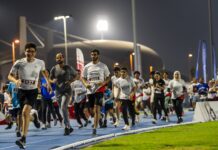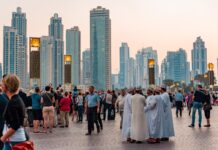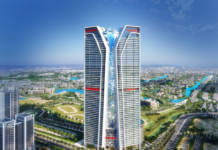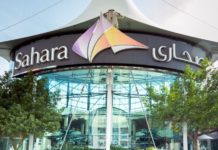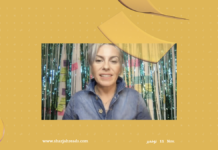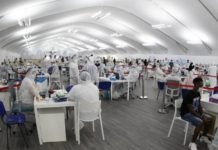Staff Report
Dubai: 54-year-old, Ahmed Falahis has been able to recover and improve quality of life after suffering with a 38 centimetre infectious lesions on his right thigh for over 10 years. He was diagnosed with angiomatosis on his limb which occupied an entire region and extended over multiple layers of skin and subcuits.
The patient suffered with the benign tumour for years which now began to grow very quickly over the past year, this rapid growth projected a high risk of losing the entire lower limb due to infections. The thought of undergoing a surgery made Mr. Falahis anxious as he was being referred to multiple surgeons over the years who had all recommended surgical treatment.
Dr. Fadi Alnehlaoui, Surgical Oncologist and General Surgeon at Zulekha Hospital Sharjah counselled the patient on the possible surgical wide excision with grafting that could revive his infected skin and free him from his exhaustive abnormality in life. The initial investigation involved a biopsy to identify the incision required and confirm the diagnosis. An MRI was also carried out so that the extension of the lesions and the proliferations were known. The surgeons needed to ensure this infection has not impacted the muscle mass.
The team of surgeons included Dr. Alnehlaoui and Dr. Sanjay Parashar, Consultant Plastic Surgeon who performed a five-hour excision and grafting procedure to remove the lesions and recover the wide loss of skin. Dr. Alnehlaoui said: “The main challenge of the surgery was the huge size of the infectious lesions that required an expert eye for detail and carefully monitored excision techniques. It was critical to ensure that we could reconstruct the grafts without further damage to the delicate layers of the skin.”
“We grafted the skin from many sides of the limb and successfully treated the entire infection. It is important that not only the infectious mass was removed but also the tissues, subcutis and any muscle with intact margins of healthy tissue to avoid the recurrence. This is essential to keep the new grafts intact and alive, without infection to enable healthy regrowth and regeneration of cells that form the limb. The graft dressing was completed using advanced dressing techniques to bandage the affected area later on to keep the big size grafts alive ”.
Speaking about his experience, Mr. Falahis added: “I had reached a stage where I could not bear the irritation anymore as it would disturb my normal seating, movement, walking and sleep as I was unable to turn onto one side and lying on my other side also came with its own difficulties. When I met with the surgeons in Zulekha Hospital, the team was confident of what they were doing and I am thankful that I have been able to be treated successfully.”
Mr. Falahis is now leading a happier life two months after his surgery and the grafts are healthy. Since the grafts involved removal of only partial skin, the grafts are capable of rebuilding new skin layers quickly.
The patient is advised to attend regular follow-ups as the risk of recurrence can be high as per studies conducted by Rao and Weiss and Howat and Campbell*. Any unusual lesions will need to be reported so that they can be treated immediately with local procedures.




